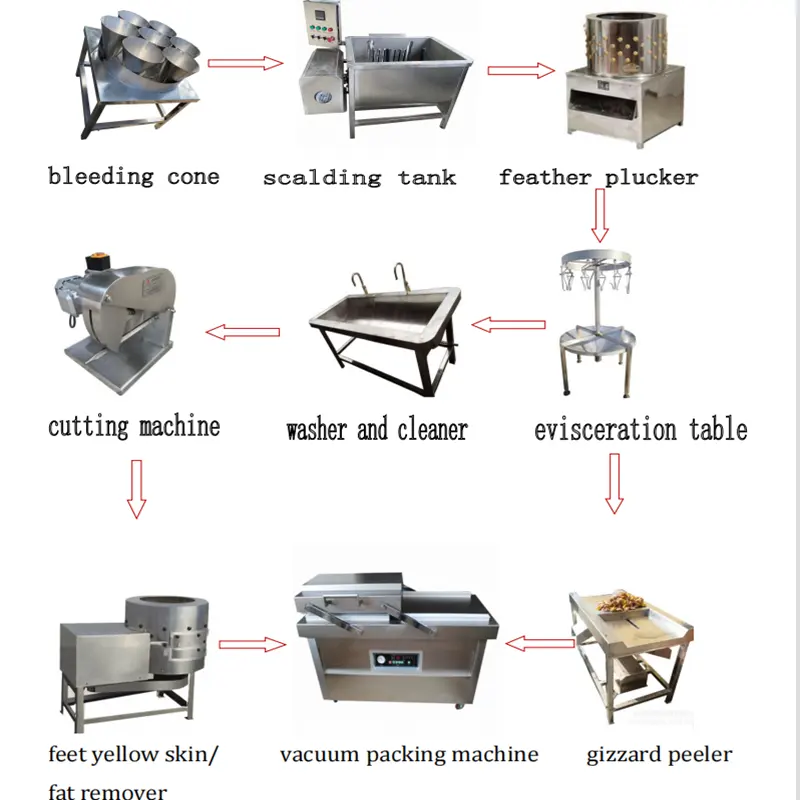Innovative Solutions for Efficient Poultry Farming Using Automated Cage Systems and Technology Advancements
ກ.ກ. . 21, 2024 02:47 Back to list
Innovative Solutions for Efficient Poultry Farming Using Automated Cage Systems and Technology Advancements
The Rise of Automated Poultry Cages Transforming the Poultry Industry
In recent years, the poultry industry has undergone a significant transformation, thanks to advancements in technology and automation. One of the most notable innovations is the development of automated poultry cages, which have become increasingly popular among poultry farmers. This article explores the benefits, features, and implications of automated poultry cages, shedding light on their role in modernizing poultry farming.
Automated poultry cages are designed to manage poultry farming operations with minimal human intervention. These systems utilize advanced technologies such as robotics, sensors, and artificial intelligence to enhance efficiency and productivity. The core function of automated cages is to control various aspects of poultry management, including feeding, watering, egg collection, and waste removal. This level of automation not only saves time and labor costs but also minimizes human errors, resulting in healthier birds and more profitable operations.
One of the primary advantages of automated poultry cages is the significant improvement in biosecurity. Traditional poultry farming practices often expose birds to various diseases due to overcrowding and unsanitary conditions. Automated systems, on the other hand, provide a controlled environment that can be closely monitored. Features like automated climate control, that regulate temperature and humidity, ensure optimal living conditions for the poultry, reducing the risk of disease outbreaks. Moreover, automated cleaning processes help maintain hygiene standards, further protecting the flock's health.
Efficiency is another crucial benefit of automated poultry cages. Feed management is streamlined through advanced feeding systems that dispense the right amount of feed at scheduled times. This precision not only reduces feed wastage but also ensures that the birds receive a balanced diet, which is essential for their growth and productivity. Furthermore, automated egg collection systems operate without human intervention, dramatically reducing labor costs and minimizing damage to eggs during handling. With these efficiencies, farmers can scale up production while keeping operational costs in check.
automated poultry cages

The impact of automated poultry cages extends beyond operational benefits; they also contribute positively to the environment. With effective waste management systems, automated cages can facilitate the recycling of poultry waste into organic fertilizers, reducing the environmental footprint of poultry farming. Additionally, energy-efficient technologies can be integrated into automated setups, helping to lower the carbon emissions associated with poultry production.
Notably, the shift towards automation in poultry farming aligns with the growing demand for sustainably produced food. As consumers become more conscious of food source sustainability and animal welfare, automated poultry systems allow for greater transparency and efficiency in food production. Farmers using these advanced systems can provide consumers with assurances regarding the quality and safety of their products.
However, the transition to automated poultry cages is not without challenges. Initial investment costs can be high, making it difficult for small-scale farmers to adopt this technology. Moreover, the reliance on automated systems raises concerns about job displacement in rural areas where poultry farming is a primary source of employment. To address these issues, it is essential for stakeholders in the poultry industry, including governments and technology developers, to collaborate and provide support, such as subsidies, training, and resources, to ensure a smooth transition.
In conclusion, automated poultry cages represent a significant leap forward in poultry farming, offering numerous benefits, including improved biosecurity, enhanced efficiency, and reduced environmental impact. As the industry continues to evolve, embracing these innovations will be crucial for meeting the challenges of feeding a growing global population while ensuring sustainable and ethical farming practices. While challenges remain, the potential of automated systems to transform the poultry industry is undeniable, paving the way toward a more productive and responsible agricultural future.
-
High Performance Exhaust Fan – Efficient Ventilation Solutions for Home
NewsJun.10,2025
-
High-Quality Gestation Pen for Sows Durable Mobile Pig Pen & Simple Pig Pen Solutions
NewsJun.10,2025
-
High Quality Rabbit Cage Double Tier Designs & Welded Wire Mesh Supplier
NewsJun.10,2025
-
Floating Fish Feed Machine - High Efficiency Floating Fish Feed Extruder for Small Scale Production
NewsJun.10,2025
-
Premium Poultry Housing Solutions Mobile & Commercial Free Range Options
NewsJun.10,2025
-
Industrial FRP Fans Corrosion-Resistant Blades & Centrifugal Systems
NewsJun.09,2025






